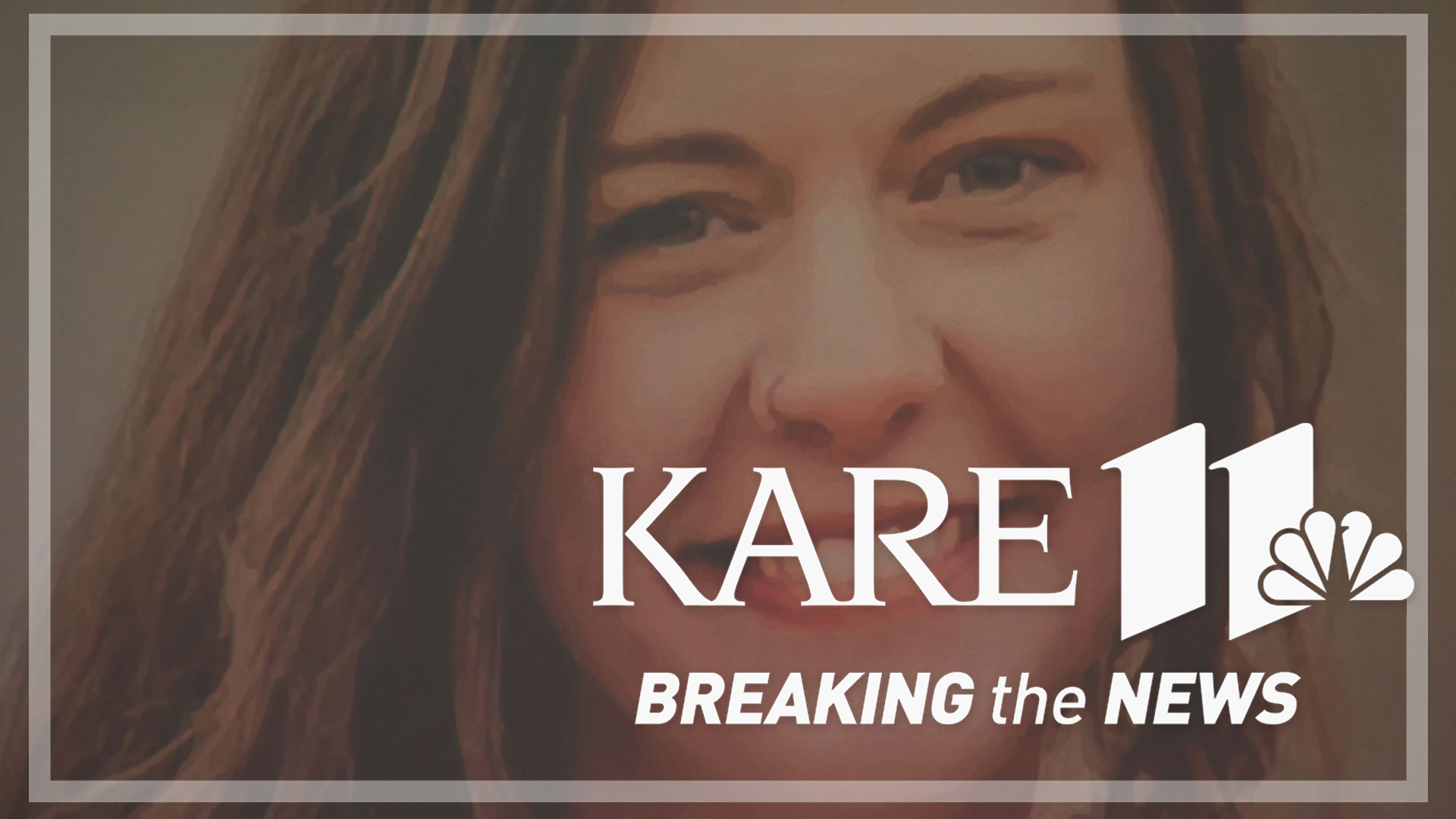MINNEAPOLIS — On Tuesday night, Suicide Awareness Voices of Education (SAVE), a nonprofit dedicated to ending suicide through education, held a meeting to update the community on the progress of installing suicide prevention barriers on a bridge on the University of Minnesota campus.
Their CEO says, rather, he is sharing more so about a lack of progress.
Kayla Gaebel was a former student at the University of Minnesota. Her mother says she returned to campus on the last day of her life. Gaebel died by suicide on the Washington Avenue Bridge last November.
“Kayla was a bright, generous, beautiful, kind, young mother of two who helped others more than she typically helped herself," said M.J. Blair, Gaebel's mother.
Blair later founded Kayla’s HOPE to push to build barriers on the bridge. She reached out to SAVE to join the fight.
“Kayla's hope is an idea that was born from tragedy,” said Erich Mische, SAVE’s CEO.
His organization is working with M.J. as part of Kayla’s HOPE.
“They can be mesh fences, they can be Plexiglas,” said Mische, “They can be any type of preventative structure that helps to interrupt that suicidal impulse.”
But Erich says during the fight for those barriers, they’ve run into hurdles.
“We've run into roadblocks where the University of Minnesota and Hennepin County point to one another, saying they have the responsibility, it's their jurisdiction,” said Mische.
Alice Roberts-Davis is the VP for University Services at the University of Minnesota and says they are not the ones who would be responsible for added barriers. It would be the county.
“It's got a very complicated ownership structure that we've been working through,” said Roberts-Davis.
Roberts-Davis says she has continuously met with SAVE and Blair, and introduced them to legislative leaders to assist in their efforts. But she said that even if it was in their jurisdiction, closing the heavily trafficked bridge would be unrealistic.
“Our best option at this point in time is to ensure that we're monitoring it closely and that we're responding to any mental health crises,” said Roberts-Davis.
Roberts-Davis said they have added signage to the bridge and continuous security cameras to prevent deaths.
The county says it would need to be a multijurisdictional effort.
The University said they do keep track of the number of people who end their lives on that bridge, but the information wasn't immediately available.
In a statement, the county said that it “supports this important initiative and has been exploring a variety of options with partners like closing the outside pedestrian crossing, adding temporary railing, and increasing education and signage.”
Studies, including one from the National Institute of Health, suggest barriers are an effective deterrent. SAVE estimates it would cost less than a million dollars for installation.
“The benefit of these barriers helps to interrupt the suicidal impulse that someone may have,” said Mische.
M.J. says overcoming those obstacles will be worth it if those barriers can save someone else’s child.
“You just don’t want that pain to fall on anybody else,” she said.

